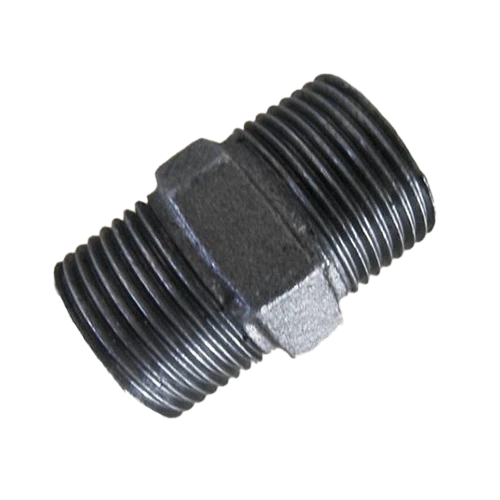Mobile:+86-311-808-126-83
Email:info@ydcastings.com
German
aluminum casting heat treatment
Aluminum Casting Heat Treatment Enhancing Performance and Durability
Aluminum casting is a widely used method in various industries due to the material's lightweight nature, corrosion resistance, and excellent machinability. However, to achieve optimal mechanical properties and performance, heat treatment processes are essential. This article explores the significance of heat treatment to aluminum castings, its types, and the effects of these processes on the material's properties.
Understanding Aluminum Casting
Aluminum casting involves pouring molten aluminum alloy into molds to create complex shapes. The casting process can produce components with intricate designs that might be difficult or expensive to achieve through other manufacturing methods. However, as-cast aluminum often exhibits lower mechanical properties, such as tensile strength and ductility, making heat treatment a critical step for enhancing performance.
Why Heat Treatment?
Heat treatment refers to controlled heating and cooling processes that modify the physical and sometimes chemical properties of a material. For aluminum castings, heat treatment serves several primary purposes
1. Strengthening Heat treatment can significantly improve the strength of aluminum castings, enabling them to withstand higher stresses and loads. 2. Stress Relief The casting process can introduce internal stresses due to uneven cooling or solidification. Heat treatment helps relieve these stresses, reducing the risk of distortion during machining. 3. Stability Aluminum castings may undergo dimensional changes with temperature fluctuations. Heat treatment improves dimensional stability, ensuring high precision in final applications.
Common Heat Treatment Processes
Several heat treatment methods are employed for aluminum castings, among which the most common are
aluminum casting heat treatment

1. Solution Heat Treatment (SHT) In this process, the aluminum casting is heated to a temperature where soluble elements form a solid solution. This is typically followed by rapid quenching (cooling) to preserve the homogenous structure. SHT is crucial for certain alloy systems, particularly those that can be artificially aged to enhance their properties further.
2. Aging (Natural and Artificial) After SHT, the casting may undergo aging, which allows the precipitation of secondary phases that enhance strength. Natural aging occurs at room temperature over time, while artificial aging is performed by heating the material to a specific temperature for a set duration.
3. Annealing This process involves heating the aluminum casting to a specific temperature and then cooling it slowly. Annealing reduces hardness and improves ductility, making the material easier to work with during machining or forming processes.
4. Stress Relieving This treatment involves heating the cast component to a temperature below the solution heat treatment range to reduce internal stresses without significantly altering its mechanical properties.
Effects of Heat Treatment on Aluminum Castings
The impact of heat treatment on aluminum castings can be profound. Properly heat-treated components demonstrate increased yield strength and ultimate tensile strength, along with improved ductility. For instance, a T6 temper, achieved through solution treatment followed by aging, can yield an increase in strength of up to 30-50% compared to the as-cast condition. These enhancements make heat-treated aluminum castings suitable for demanding applications in aerospace, automotive, and structural engineering.
Moreover, heat treatment can be tailored to meet specific performance requirements. Different alloys and casting designs may require unique heat treatment parameters to achieve desired attributes. Therefore, understanding the characteristics of the aluminum alloy used, along with the intended application, is critical for guiding the heat treatment process.
Conclusion
Heat treatment is an indispensable step in the production of aluminum castings, enhancing their mechanical properties and ensuring their performance in various applications. By selecting the appropriate heat treatment process, manufacturers can achieve the desired balance of strength, ductility, and dimensional stability, ultimately leading to more reliable and efficient products. As industries continue to seek lighter and more durable materials, the role of heat treatment in aluminum casting will only grow in importance.
-
Superior Aluminum Castings in Automotive Engine PartsNewsAug.22,2025
-
Common Materials Used in Fan Housing ManufacturingNewsAug.22,2025
-
Symptoms of a Stuck Automobile Water Pump ImpellerNewsAug.22,2025
-
The Importance of Valve Castings in Water TreatmentNewsAug.22,2025
-
Welding Techniques for End Cap Stainless Steel FittingsNewsAug.22,2025
-
How to Install a Water Pump Connector ProperlyNewsAug.22,2025











